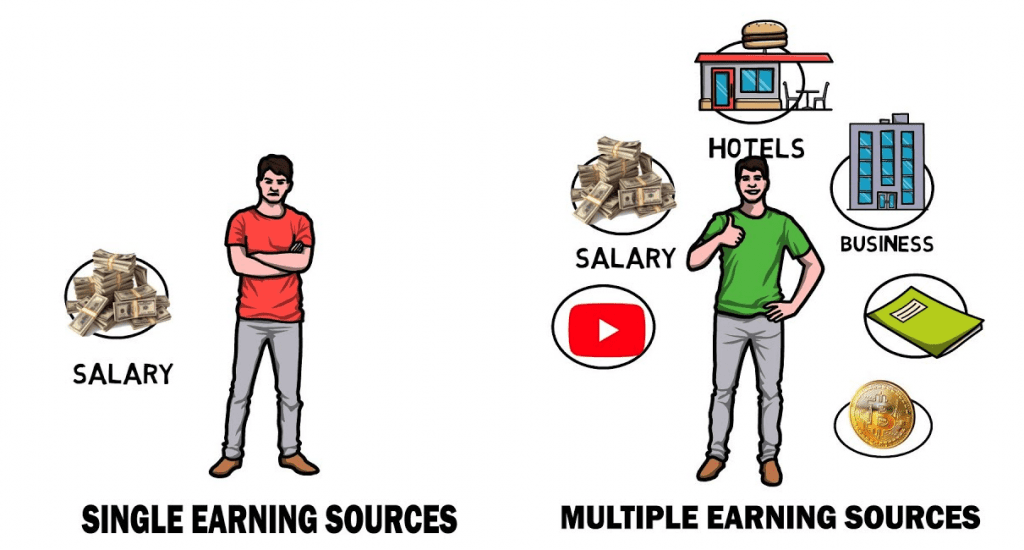Should You A Single Source Or Multiple Sources?
- 14/10/2022
- Philip K
You’re considering expanding your product sourcing to include China, but you’re not sure if you should single source or multiple sources. What’s the difference, and which is right for your business?
Here’s a quick breakdown of the pros and cons of each:
Single sourcing from China: You have a direct relationship with the supplier, which can be helpful for quality control and getting the best prices. It can be difficult to find a trustworthy supplier who meets your quality standards. If something goes wrong with your order, it can be difficult to get it fixed. Shipping times can be long.
Multiple sourcing from China: You have more suppliers to choose from, which can help you get better prices and improve your chances of finding a quality supplier. You’ll need to spend more time researching and vetting suppliers. If something goes wrong with your order, it’s easier to get it fixed because you have multiple sources. Shipping times can be long.

What is Multiple Sourcing in Procurement?
When you multiple sources, you get your products from a variety of different suppliers. This gives you more options when it comes to finding the best supplier for your needs. It also helps to keep your costs down, because you’re not locked into a long-term contract with any one supplier.
But there are some disadvantages to multiple sourcing. It can be more difficult to manage, and it can be tough to keep track of all the different suppliers you’re working with. If one of your suppliers falls short on quality or delivery, it can have a ripple effect throughout your entire supply chain.
What is Single-Sourcing in Procurement?
When it comes to sourcing products for your business, you have a couple of options: single sourcing or multiple sourcing.
Single sourcing is when you work with one supplier to get all of your products. Honest Fulphiliment can be a convenient option if you’re looking for a one-stop shop and you have a good relationship with your supplier.
But there are some risks associated with single sourcing. What if your supplier goes out of business? Or what if they raise their prices? You could be left scrambling to find a new supplier at the last minute, which could disrupt your business and cost you money.
That’s why many businesses choose to multiple-source their products. This means working with several different suppliers to get the products they need. This gives you more options if something happens with one of your suppliers, and it also helps keep your costs down.
So which option is right for you? That depends on your business and your needs. But both options have their benefits and drawbacks, so it’s important to weigh them all before making a decision.
What are the Advantages and Disadvantages of Multiple Sourcing?
When it comes to sourcing products for your business, you have two main options: single sourcing or multiple sourcing. Let’s take a look at the pros and cons of each.
What are the Advantages and Disadvantages of Single Sourcing?
The Multiple Sourcing Company Example you Must Know
Ok, so let’s say you’re ready to start sourcing products for your business. You have a few different options: you can single source, which means you’ll be dealing with just one supplier; or you can multiple sources, which means you’ll be dealing with a few different suppliers.
Which is the better option? Well, that depends on a lot of different factors, but here’s an example of how multiple sourcing can work in your favor.
Let’s say you’re looking for a supplier of ladies’ tops. You find two suppliers that offer what you’re looking for, and both seem like good options. But then you do some research and find out that one of the suppliers is offering a much better deal on the product.
If you were to single source, you would be stuck with the supplier that’s not offering the best deal. But if you were to multiple sources, you could easily switch to the supplier that’s offering the best price. See what I mean?

How to Make your Procurement Strategy a Competitive Advantage?
You may be wondering how to make your procurement strategy a competitive advantage. After all, your competitors are probably doing the same thing, right? Well, there are a few things you can do to set yourself apart.
Conclusion
When it comes to sourcing products for your business, there are a lot of things to consider. You need to think about your budget, your target market, and the products you want to offer. But one of the most important decisions you’ll make is whether to single source or multiple sources.
Single sourcing is when you rely on one supplier for all of your products. This can be a risky move because if that supplier goes out of business or stops shipping to your country, you’re out of luck.
Multiple sourcing is when you use multiple suppliers to get your products. This can be more expensive and time-consuming, but it’s a safer option if something goes wrong with one of your suppliers.
So which is right for you? That depends on your business and your budget. Try out both options and see what works best for you. If you want to know more, you can contact Honest Fulphilment!
Single Source Or Multiple Sources FAQ
Need a Quick Quote?
– Competitive price
– Quote within 24 hours
– 30+ Shipping methods
– Dedicated account manager
– Shopify/Woo integrations
– Autofulfil
– Auto tracking
– Plus much, much more

5 Best Wholesale Home Decor Suppliers 2023



10 Best Bikini Brands For Summer 2023








